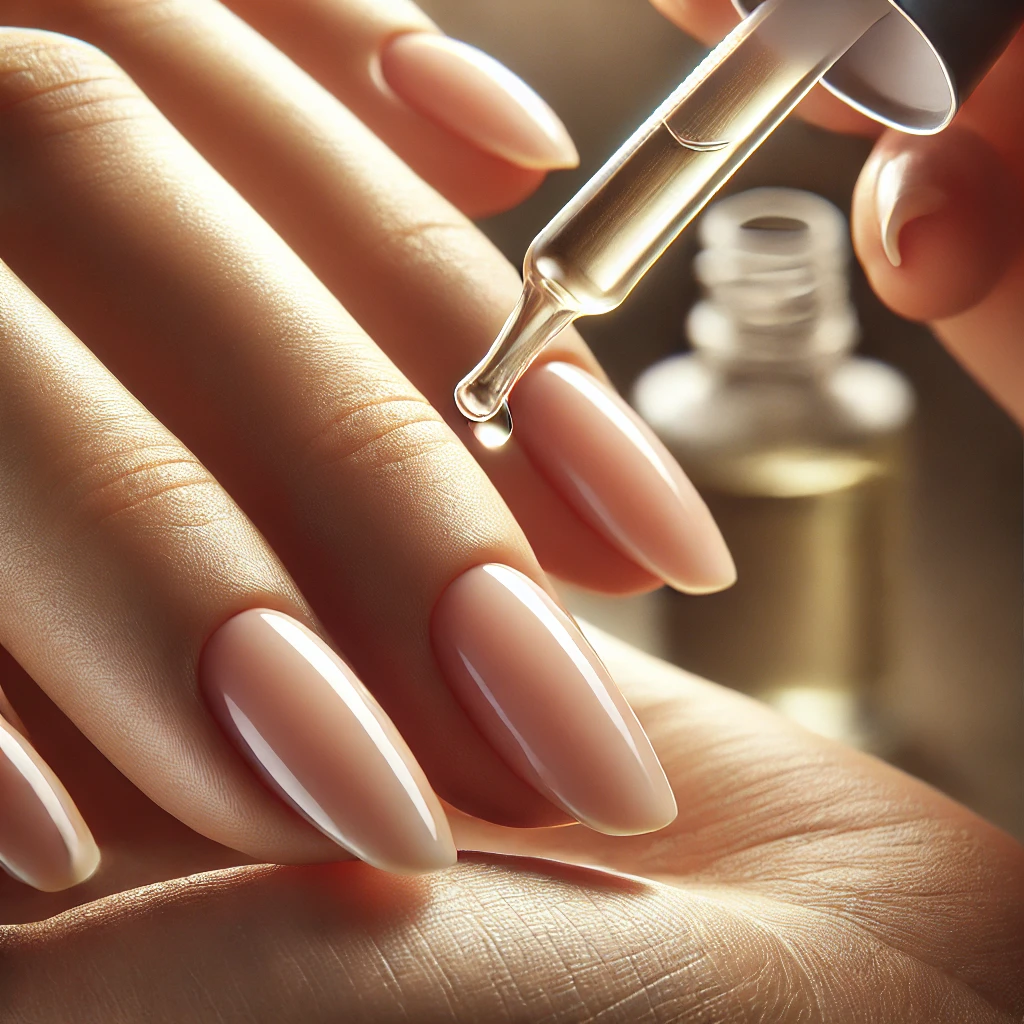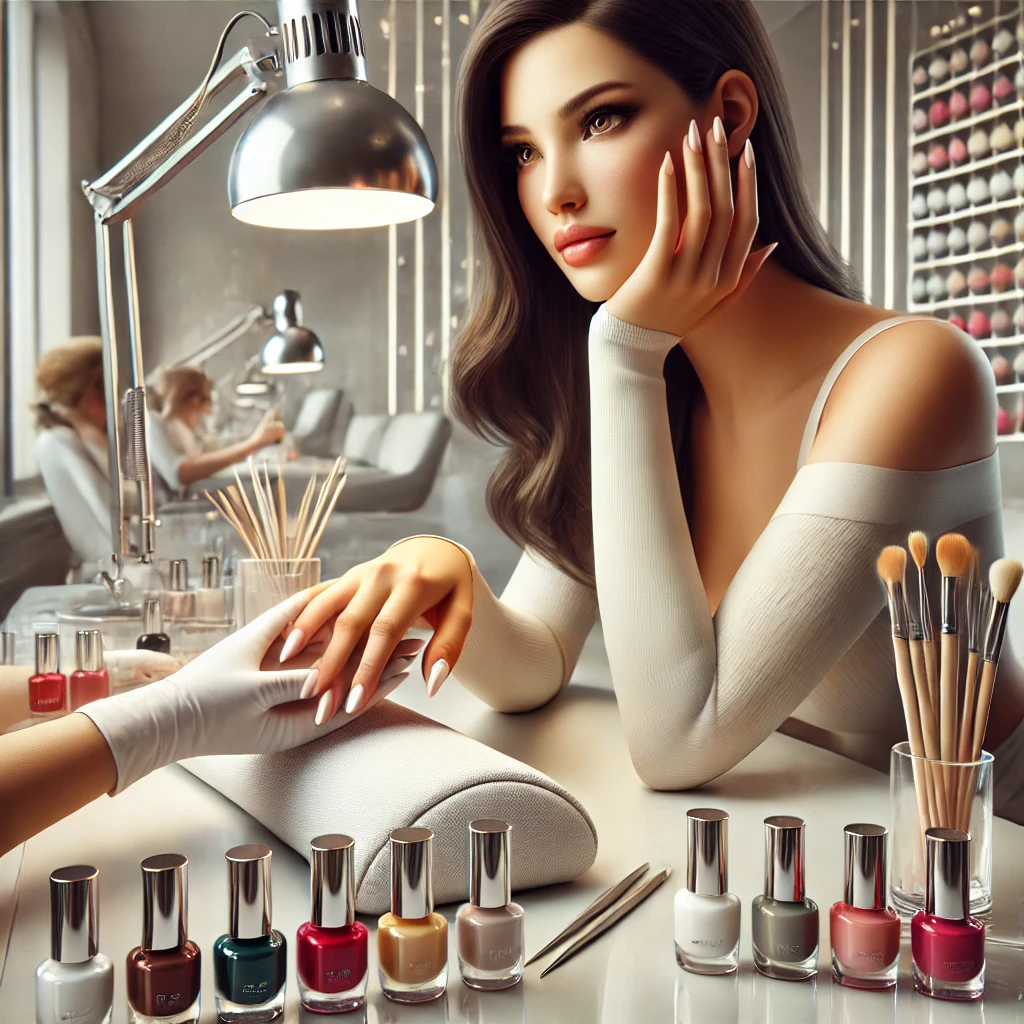Best Practices to Care for Cuticles: A Complete Guide to Healthy, Hydrated Nails
Cuticles play a crucial role in protecting the nail bed and keeping nails strong and healthy. Often overlooked, these thin layers of skin at the base of your nails act as a barrier against bacteria, fungi, and other harmful elements. When cuticles become dry, cracked, or inflamed, they can lead to discomfort, infections, and even hinder nail growth. Proper cuticle care not only enhances the appearance of your nails but also contributes to overall hand health.
Whether you’re someone who enjoys regular manicures or prefers a more natural approach, taking care of your cuticles should be part of your self-care routine. In this guide, we’ll cover essential best practices for maintaining healthy cuticles, including hydration techniques, proper trimming methods, and how to avoid common mistakes. By following these steps, you’ll ensure your nails stay strong, healthy, and looking their best.
1. Keep Your Cuticles Hydrated and Nourished
One of the most important aspects of cuticle care is keeping them moisturized. Dry cuticles can lead to cracking and peeling, increasing the risk of infections and making your nails look unhealthy. Here’s how you can ensure they stay hydrated:
Use Cuticle Oil Regularly
Cuticle oil is a game-changer when it comes to maintaining soft and healthy cuticles. These oils are usually infused with vitamins, such as vitamin E, and natural ingredients like jojoba, almond, and coconut oil, which deeply nourish and protect the skin. Applying cuticle oil daily helps to replenish moisture, improve elasticity, and prevent breakage.
How to Use Cuticle Oil:
- Apply a small drop of cuticle oil to the base of each nail.
- Massage it gently into the cuticles and surrounding skin.
- Allow it to absorb for a few minutes before washing your hands or applying nail polish.
For best results, use cuticle oil at night before bed to allow the ingredients to penetrate deeply while you sleep.
Moisturize with Hand Cream or Balm
In addition to cuticle oil, using a hydrating hand cream or balm can help keep cuticles soft and prevent dryness. Look for creams with shea butter, glycerin, or aloe vera, as these ingredients lock in moisture and soothe irritation.
Stay Hydrated from Within
Drinking enough water is essential for overall skin health, including your cuticles. When your body is dehydrated, your nails and cuticles can become brittle and dry. Aim for at least eight glasses of water per day and incorporate water-rich foods like cucumbers, oranges, and watermelon into your diet.
2. Trim and Groom Your Cuticles Properly
While keeping your cuticles hydrated is essential, proper grooming is also necessary to maintain a neat and clean nail appearance. However, trimming them incorrectly can lead to damage and infections.
Avoid Cutting Your Cuticles Too Much
Many people make the mistake of aggressively cutting or pushing back their cuticles, which can cause irritation and expose the nail bed to infections. Instead of cutting them entirely, focus on gentle maintenance.
Best Practices for Trimming Cuticles:
- Use a cuticle pusher to gently push back overgrown cuticles after a shower or soaking your hands in warm water for a few minutes.
- If there are any loose or dead skin pieces, use a sterilized cuticle nipper to remove them carefully—never pull or tear the skin.
- Avoid cutting too deep, as this can lead to painful hangnails and infections.
Exfoliate Your Cuticles Gently
Exfoliating your cuticles helps remove dead skin cells and promote healthy skin regeneration. Use a mild sugar scrub or a mixture of honey and sugar once a week to keep your cuticles smooth.
Keep Your Nail Tools Clean
Using dirty nail clippers or cuticle pushers can introduce bacteria and cause infections. Always clean your tools with rubbing alcohol before and after each use.
3. Protect Your Cuticles from Damage and Infections
Even with the best hydration and grooming practices, your cuticles can still be damaged by harsh chemicals, nail treatments, and environmental factors. Here are some ways to protect them from harm:
Avoid Overuse of Nail Polish and Harsh Chemicals
Frequent use of nail polish removers containing acetone can dry out your cuticles and weaken your nails. Instead, opt for acetone-free removers and take breaks between manicures to let your nails breathe.
If you frequently get gel or acrylic nails, be mindful of how your nail technician treats your cuticles. Over-filing or cutting them too aggressively can lead to long-term damage.
Wear Gloves for Protection
Household chores such as washing dishes, cleaning with harsh detergents, or gardening can strip moisture from your hands and cuticles. Always wear protective gloves to prevent direct exposure to chemicals and water, which can cause dryness and irritation.
Treat Hangnails with Care
Hangnails are small pieces of torn skin near the cuticle that can be painful and prone to infection if not handled properly. Instead of biting or pulling them, trim them gently with sanitized nail scissors and apply cuticle oil to keep the area soft.
Caring for your cuticles is a small but essential part of maintaining overall nail health. By keeping them hydrated with cuticle oil and hand creams, trimming them properly without excessive cutting, and protecting them from harsh chemicals, you can ensure they stay strong and healthy.
Healthy cuticles lead to stronger nails, preventing breakage and promoting even growth. Making these simple steps part of your regular self-care routine will not only enhance the look of your hands but also protect them from potential infections and damage.
By following these best practices, you’ll achieve beautiful, well-maintained nails that you can take pride in—whether you prefer a natural look or enjoy experimenting with different nail polishes and styles. Prioritizing cuticle care is a long-term investment in your nail health, and with consistent effort, you’ll see noticeable improvements in their strength and appearance.
Information for this article was researched at a great Tempe Nail Salon
…

